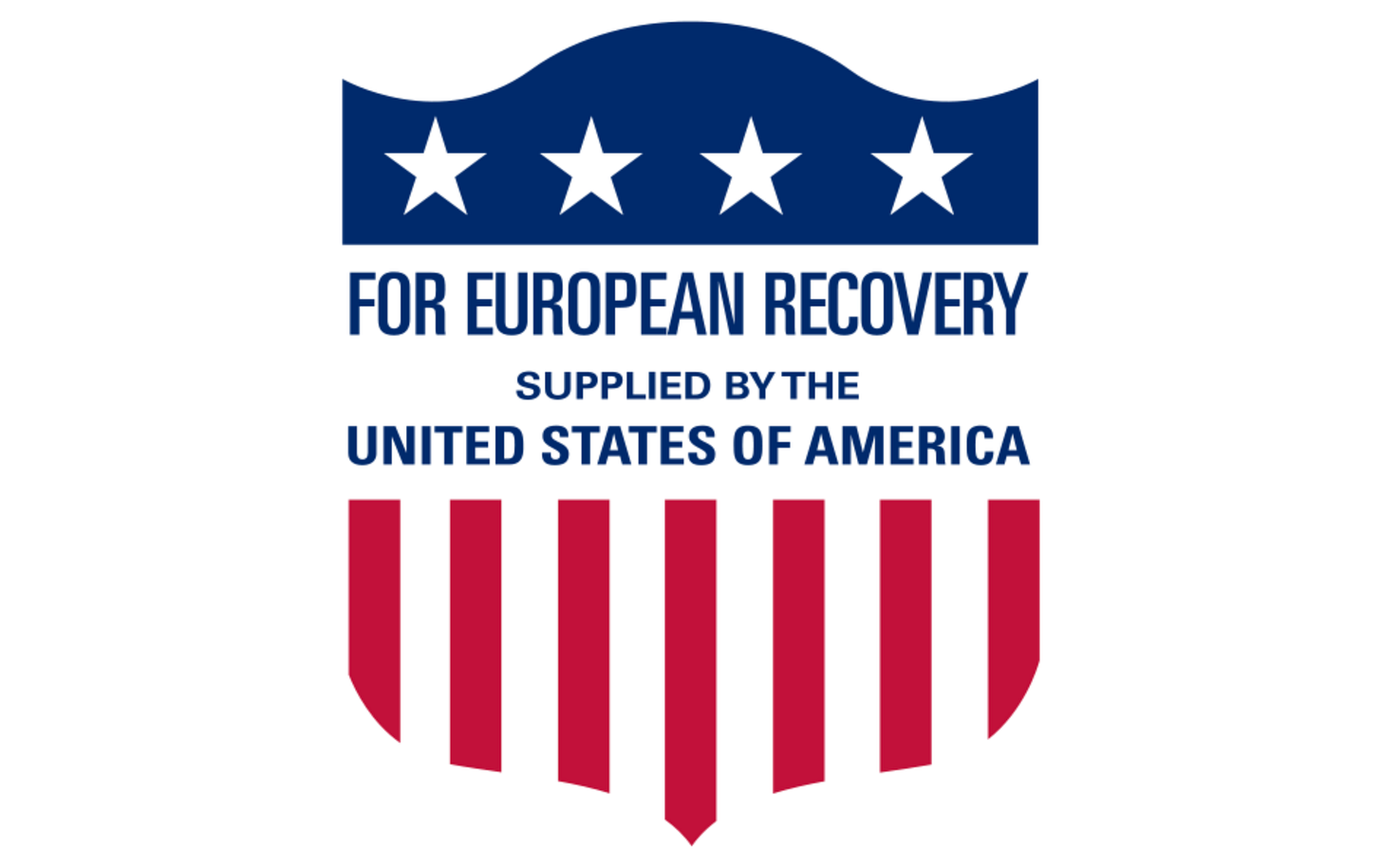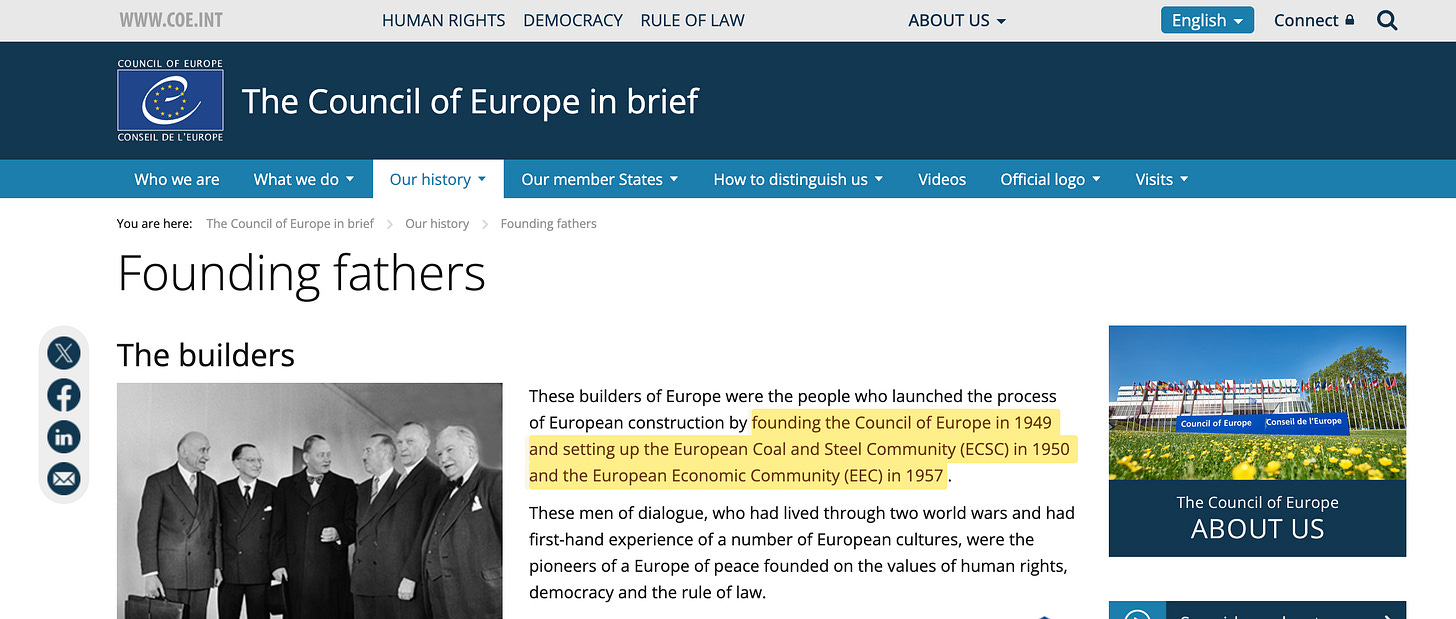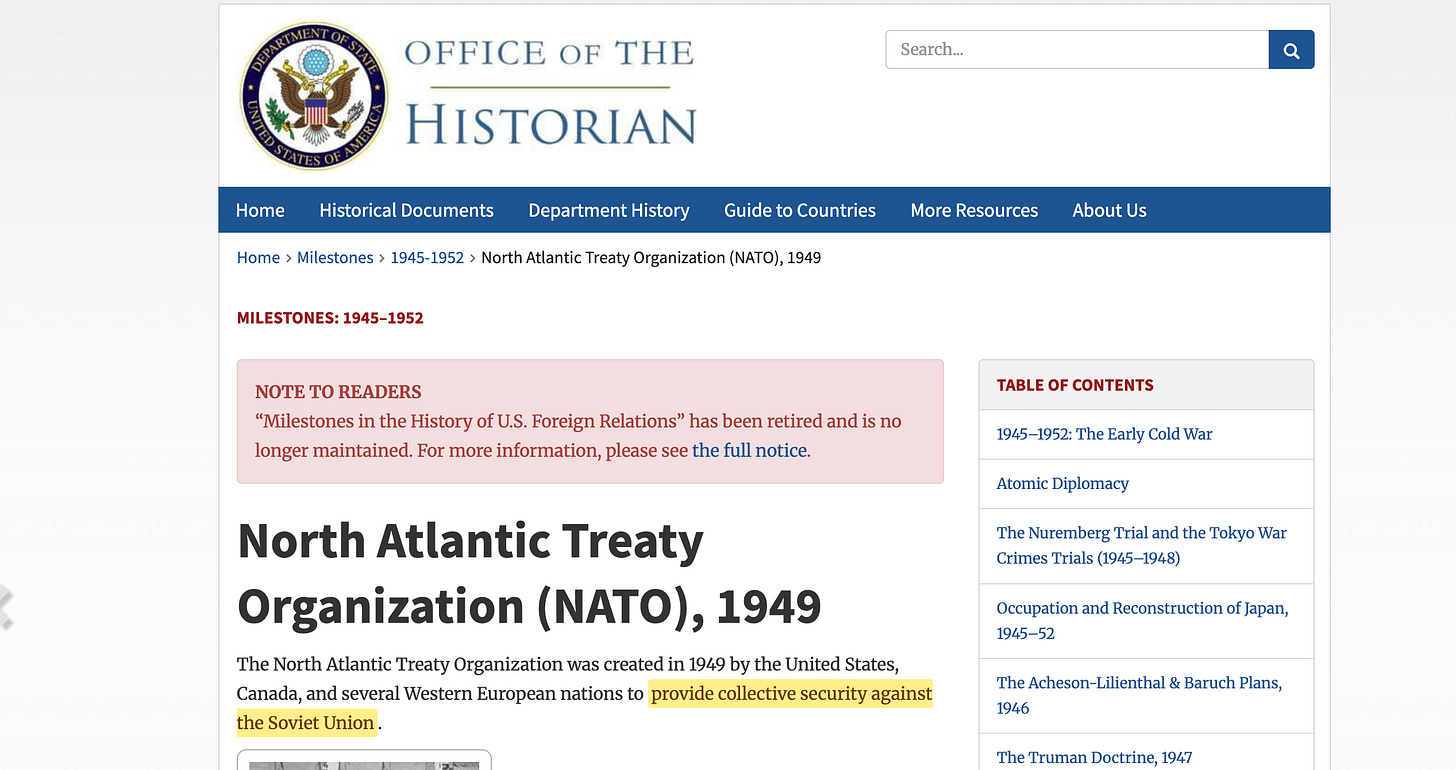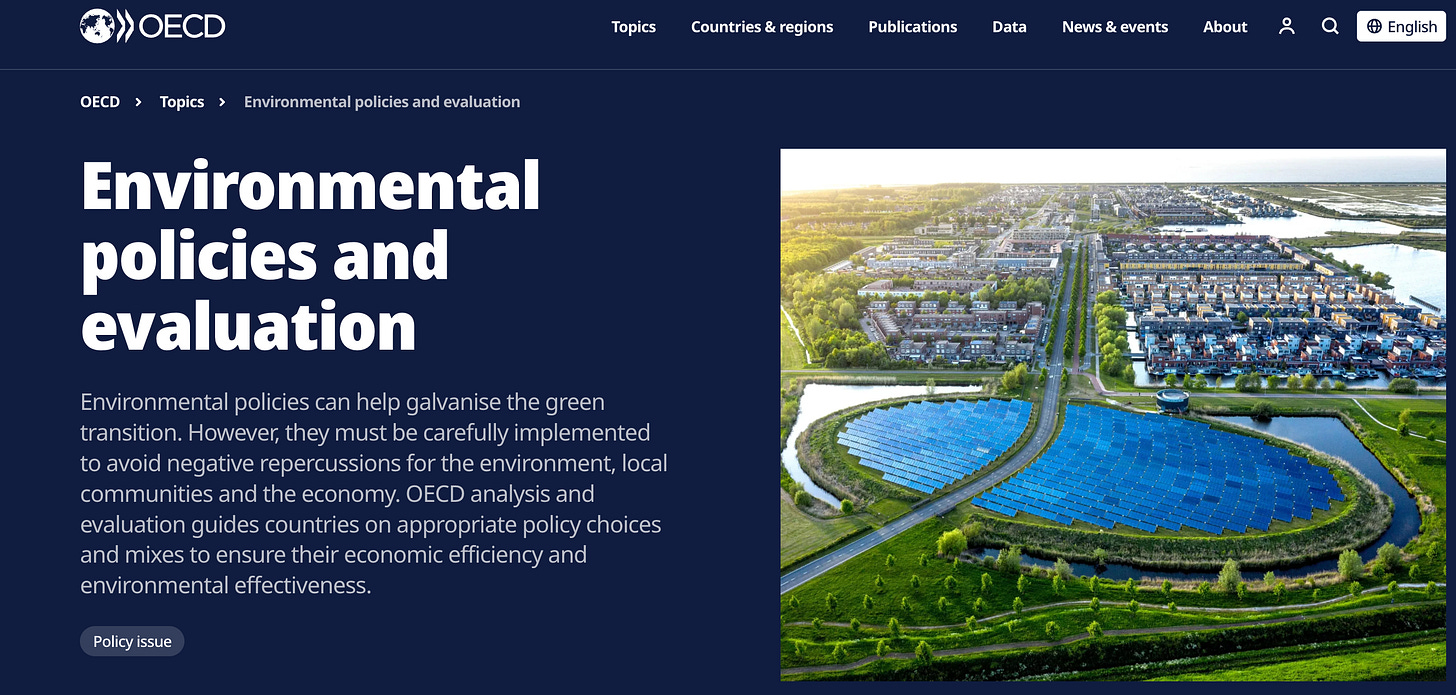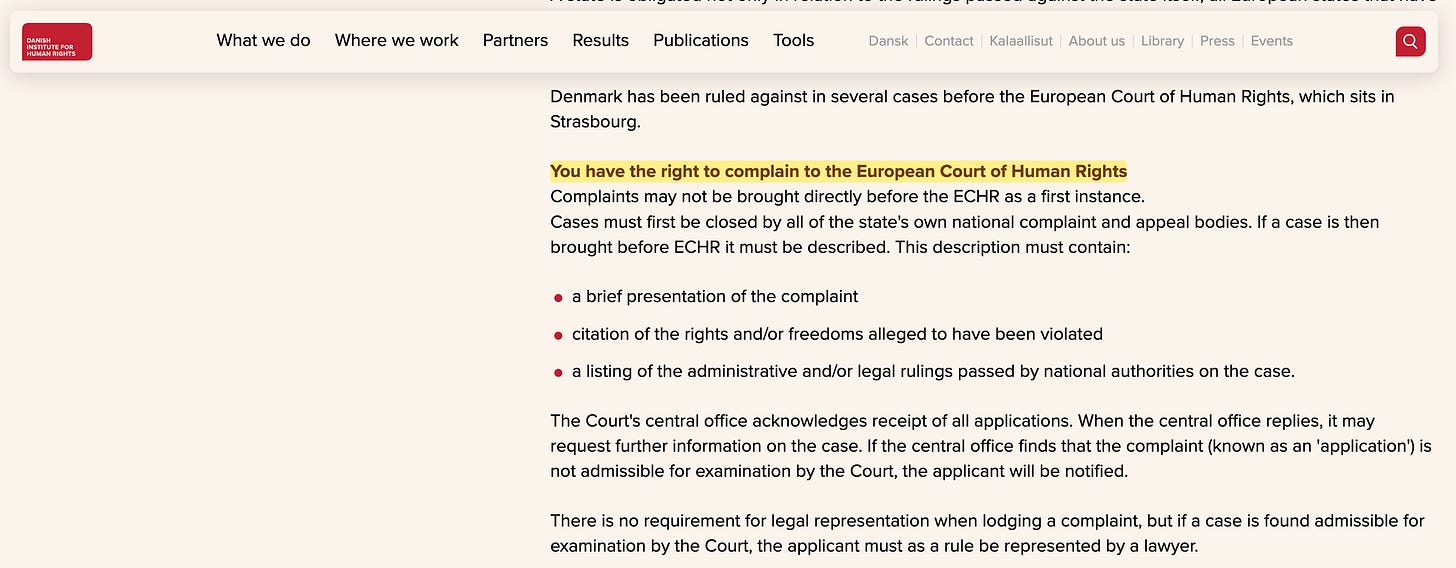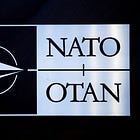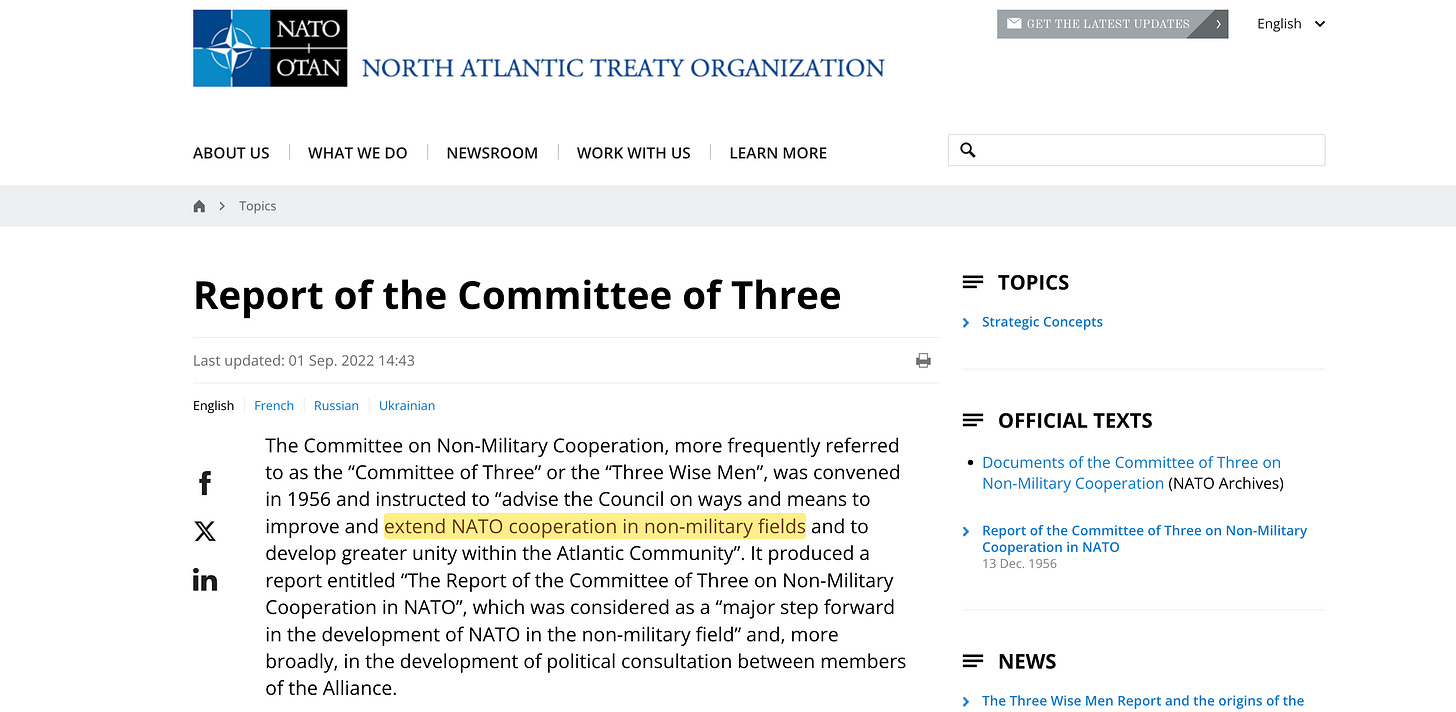Architecture of European Unity
The Marshall Plan - Part 1
The Marshall Plan is remembered as America's generous gift to rebuild war-torn Europe. This narrative obscures a somewhat more complex reality: the European Recovery Program wasn't charity — it was institutional engineering.
Through conditional aid and required coordination, the Marshall Plan created three interconnected institutions that would become the lynchpin of European integration. What looked like relief was in fact a Trojan Horse — an intervention that forced countries to plan together, share data, and ultimately submit to supranational oversight.
The result was the construction of three bridges across Europe's war-torn landscape: economic coordination through the OEEC1, legal integration through the Council of Europe2, and a security container through NATO3.
Aid with Strings Attached
When Secretary of State George Marshall announced the European Recovery Program in June 19474, he embedded a crucial requirement: European countries had to coordinate their own recovery.
The United States insisted there must be ‘some agreement among the countries of Europe as to the requirements of the situation and the part those countries themselves will take’5. War-torn nations had to plan together, pool information, and coordinate policies across borders — or forgo (conditional) American aid entirely.
The consequence was three new institutions that would fundamentally reshape European governance: the Organisation for European Economic Co-operation (OEEC) to manage aid and enforce joint planning6, the Council of Europe to embed shared values and rights7, and NATO to provide the security umbrella8 under which cooperation could deepen.
Together, they were the first experiment in supranational governance applied to Europe's political reconstruction. The Marshall Plan didn't just rebuild Europe — it eventually made European states reconsider sovereignty itself.
Economic Coordination (OEEC → OECD)
The OEEC, established in 1948 to administer Marshall Plan funds, introduced what might be considered a proto-Planning-Programming-Budgeting System to European governance.
Each year, governments submitted national recovery programs to the OEEC9, which allocated US aid based on performance and need. Aid was never a blank check — it required policy steps like currency stabilisation, production targets, and detailed economic reporting. ‘Counterpart funds’ in local currency had to be set aside for approved projects or intra-European trade. That meant direct oversight of how aid was used domestically.
This changed political behavior fundamentally. As one analysis put it10:
By bringing European nations in as active participants in the program, the United States ensured that their mutual commitment to alter economic policies would be translated into action and that the objective of integration would be further encouraged.
The OEEC became a habit-forming institution. Exit was costly: no country wanted to lose access to the pooled resources and knowledge. Franz Blücher, West Germany's Vice-Chancellor, later observed11:
European men came together, knew each other, and were ready for cooperation.
Marshall Plan funds eventually came to an end, but cooperation continued. In 1961, the OEEC was reborn as the OECD12, expanding into science, education, and environmental policy13. Statistics had become policy levers, and dashboards locked countries onto a shared trajectory. Once supply chains and performance indicators were integrated, reverting to nationalism became prohibitively painful.
The first bridge had been built — and indicators and other metrics became the new grammar of European cooperation.
Legal Integration (Council of Europe → ECHR)
In parallel, Western Europe created the Council of Europe in 1949 to handle values — initially democracy, rights, and law.
Its first achievement was the European Convention on Human Rights14 (1950), which created an international legal regime binding governments to respect individual rights. The European Court of Human Rights could even hear complaints from citizens against their own states15, which was unprecedented at the time.
For the first time, European states accepted that certain matters were beyond exclusive national sovereignty. The Council's committees generated reports on social security, refugees, and free movement16 — foreshadowing later European Community law.
Paul-Henri Spaak, the Council's first Assembly president17, left after failing to secure a political authority within the Council, and instead masterminded the creation of the European Economic Community18 (EEC). In many ways, the Council wrote the scripts that the EEC would later codify into binding law19.
By the time the European Court of Justice declared in 1964 (Costa vs ENEL) that Community law was supreme over national law20, Europe was already used to submitting to supranational judgment. The Council of Europe had normalised the principle that international law could bind and overrule national courts.
This legal bridge rested on deeper foundations — stretching back through the Universal Declaration of Human Rights21 (1948) to the Hague Conventions22 of 1907, which first established the principle that states could be bound by rules they had not unilaterally authored. Europe became the testing ground for converting universal moral principles into binding regional law — a prototype that would later expand globally23.
The second bridge was in place.
Security Container (NATO)
Founded in 1949, NATO's original purpose was simple: collective defense against Soviet aggression24. But NATO quickly evolved into something more comprehensive — a security container that held Western Europe together while integration deepened25.
The turning point came in 1956, when NATO's Committee of Three26 foreign ministers (the ‘Three Wise Men’) argued that ‘the two aspects of security — civil and military — were no longer to be considered separately’.
NATO expanded into political consultation, economic coordination, science policy, and civil emergency planning27. It organised oil stockpiles, coordinated pipelines, and sponsored joint research. By the late 1950s, NATO was quietly shaping infrastructure, energy, and even scientific collaboration — all under a defense mandate28.
NATO had the enforcement capacity that the OEEC and Council of Europe lacked. It didn't often wield the stick, but its implicit leverage was always clear. With defense handled collectively, European states could experiment with sovereignty-sharing in economics and law without fear of military exposure.
The third bridge was secured, and the security container was complete.
From Coordination to Community
By the early 1950s, the scaffolding was complete:
The OEEC made governments plan together and share data
The Council of Europe embedded rights and legal norms beyond sovereignty
NATO contained security within a multilateral framework
The European Coal and Steel Community29 (1951) and the Treaty of Rome30 (1957) did not emerge in a vacuum. They built directly on these bridges.
Jean Monnet and Robert Schuman could propose pooling coal and steel31 not as a radical novelty, but as the logical extension of planning habits already fostered under the Marshall Plan. Coal and steel were chosen precisely because they were the critical inputs in reconstruction plans already circulating through OEEC machinery. The ECSC thus institutionalised the logic of joint planning in a single sector — a first experiment in supranational authority over production.
Similarly, the EEC and Euratom32 could embed binding law into trade, agriculture, and atomic energy precisely because the principle of supranational legal oversight was no longer alien. The European Court of Justice's supremacy was a continuation of the legal trajectory that began with the European Court of Human Rights33.
After fifteen years of shared planning, norm-setting, and coordinated security, enough trust — and dependency — existed for supranational authority to seem not radical, but inevitable. As the European Court of Justice later declared, the Community ‘created its own legal order integrated with the national order of the member-States the moment the Treaty came into force’34.
The habits of supranationalism had been entrenched through institutional repetition. What began as conditional aid had hardened into permanent governance structures that made reversing integration increasingly costly and complex.
Trojan Horse of Unity
The Marshall Plan's trick lay not in its generosity, but in its institutional engineering. What appeared to be emergency aid was actually the systematic construction of a new form of governance — one that restructured sovereignty without formally abolishing it.
The three bridges created through Marshall Plan conditionality became permanent architecture:
Economic coordination through metrics and planning became irreversible through supply chain integration and statistical dependency
Legal integration through human rights became expandable through precedent and institutional learning
Security coordination through NATO became the protective container that made deeper integration politically safe
Sovereignty was not eliminated — it was hollowed out and restructured. European states retained the appearance of independence while their core powers over economics, law, and security were gradually transferred to supranational institutions governed by expert networks and statistical dashboards.
The real effect of the Marshall Plan was not that it rebuilt Europe — but that it rewired it. Once inside, the Trojan Horse could never be removed.
But these visible bridges rested on even more fundamental rails — financial clearinghouses and monetary disciplines that would extend the same logic of conditional sovereignty far beyond Europe's borders. Those hidden mechanisms were the real payload — rails of financial control that would soon extend far beyond Europe.


